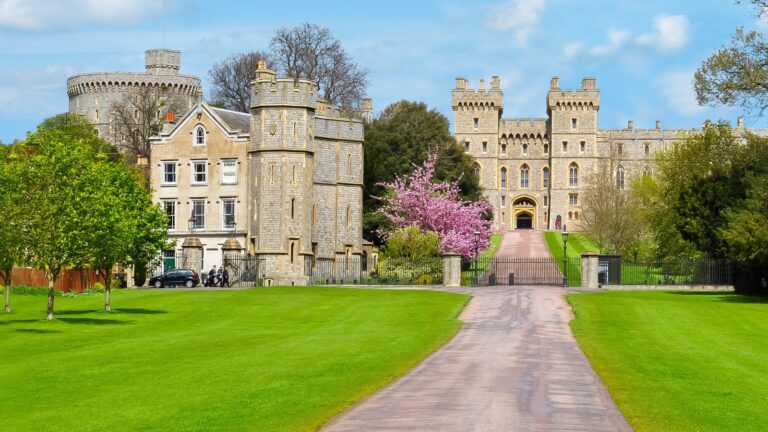As Brits, we should be truly proud of the amazing historical landmarks we have across England, Scotland, Northern Ireland, and Wales. However, it’s often the case that foreign tourists see more of these landmarks than we do. So, here are 18 historical landmarks every Brit should visit at least once.
Stonehenge
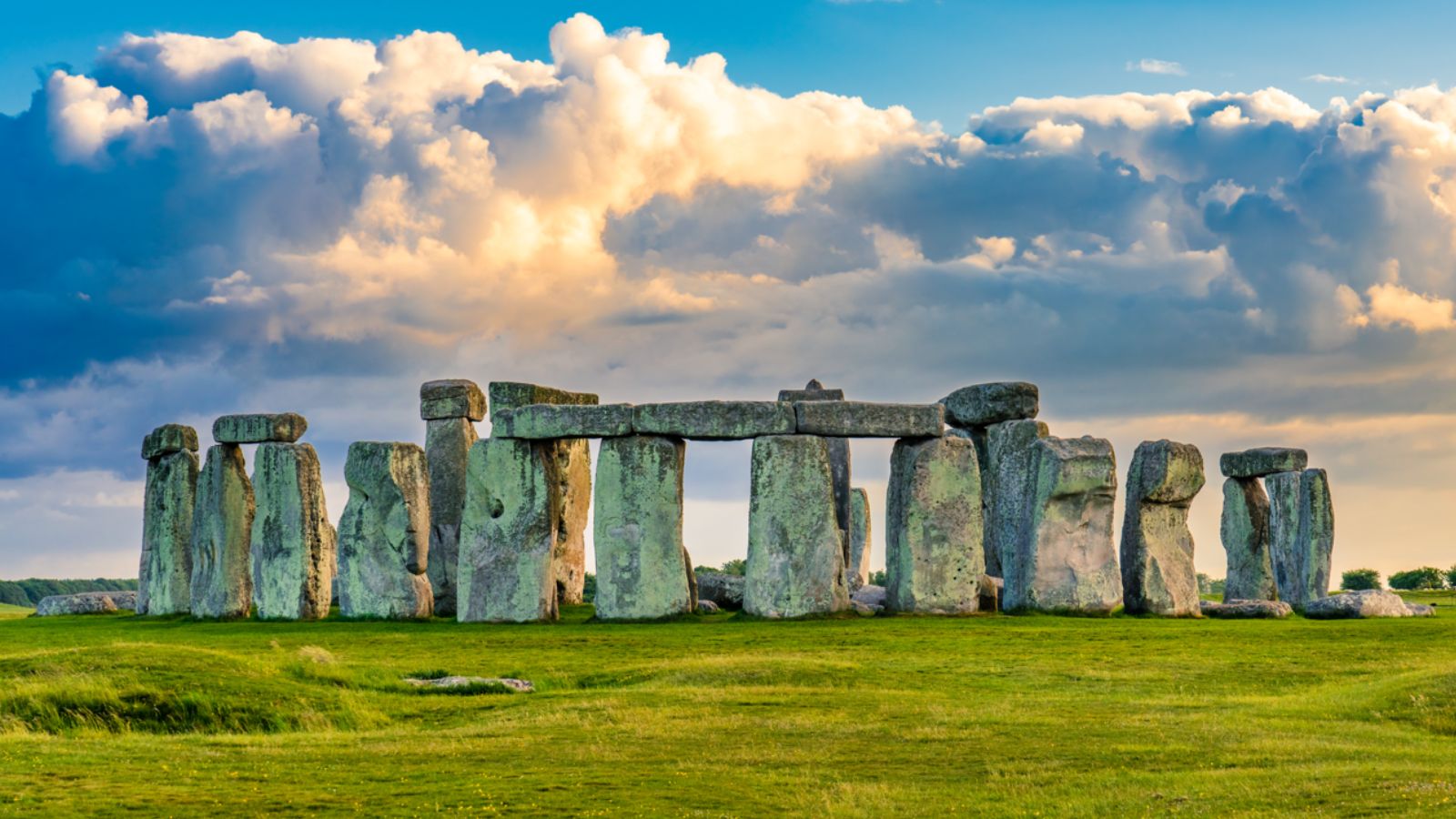
British landmarks don’t get much more mysterious and ancient than Stonehenge, which stands on Salisbury Plain. This prehistoric monument, constructed over 4,000 years ago, continues to intrigue archaeologists and visitors. Its massive stones, arranged in a circular pattern, are aligned with the solstices, suggesting its use as a celestial calendar or a ceremonial site. However, The Guardian reports that scientists really are still not quite sure.
Tower of London
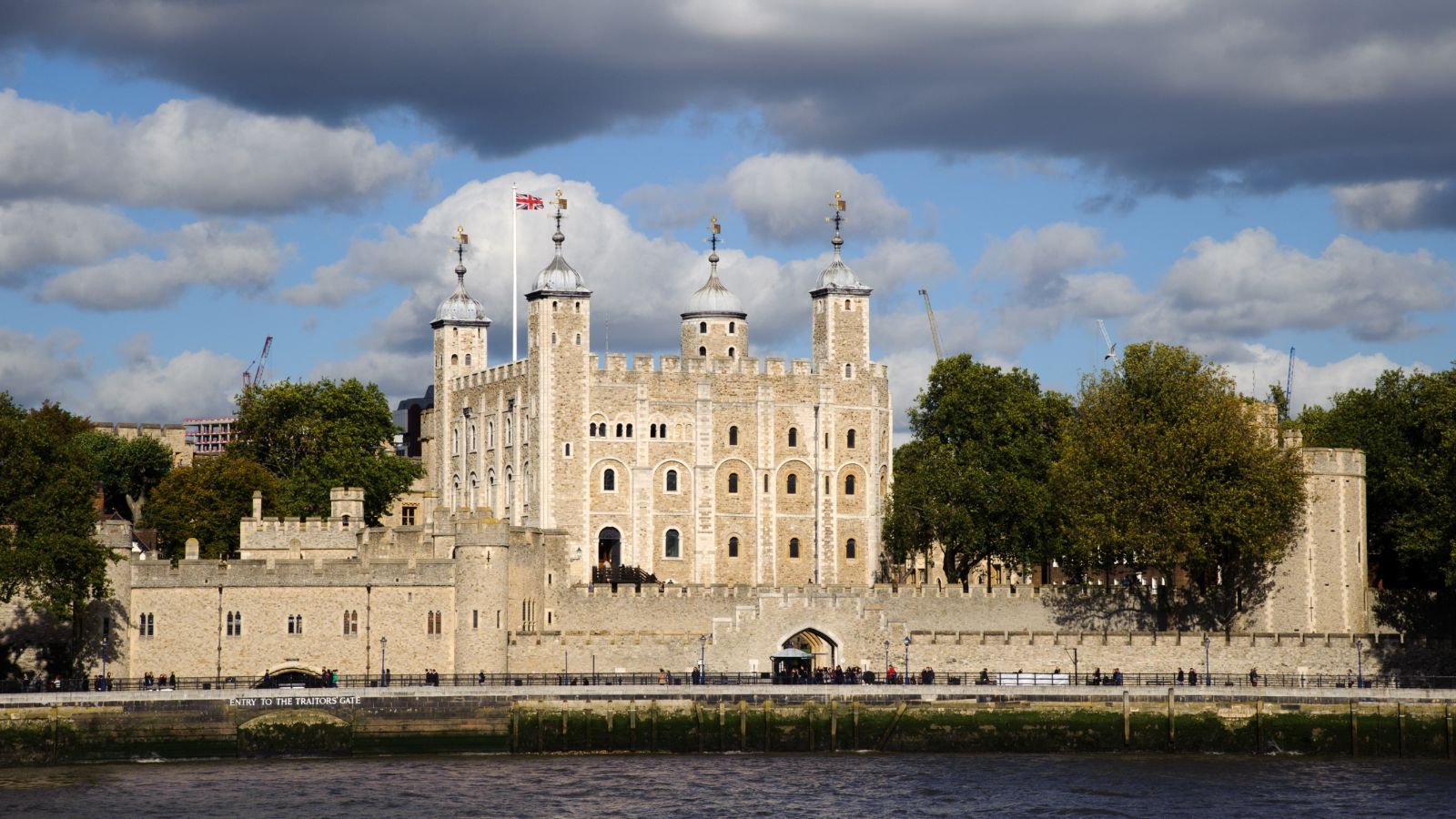
Another wonderful historical landmark of the UK is the Tower of London, which has served as a royal palace, prison, and treasury. Home to the Crown Jewels, this iconic fortress has witnessed many significant events, including the imprisonment and execution of Anne Boleyn.
Hadrian’s Wall
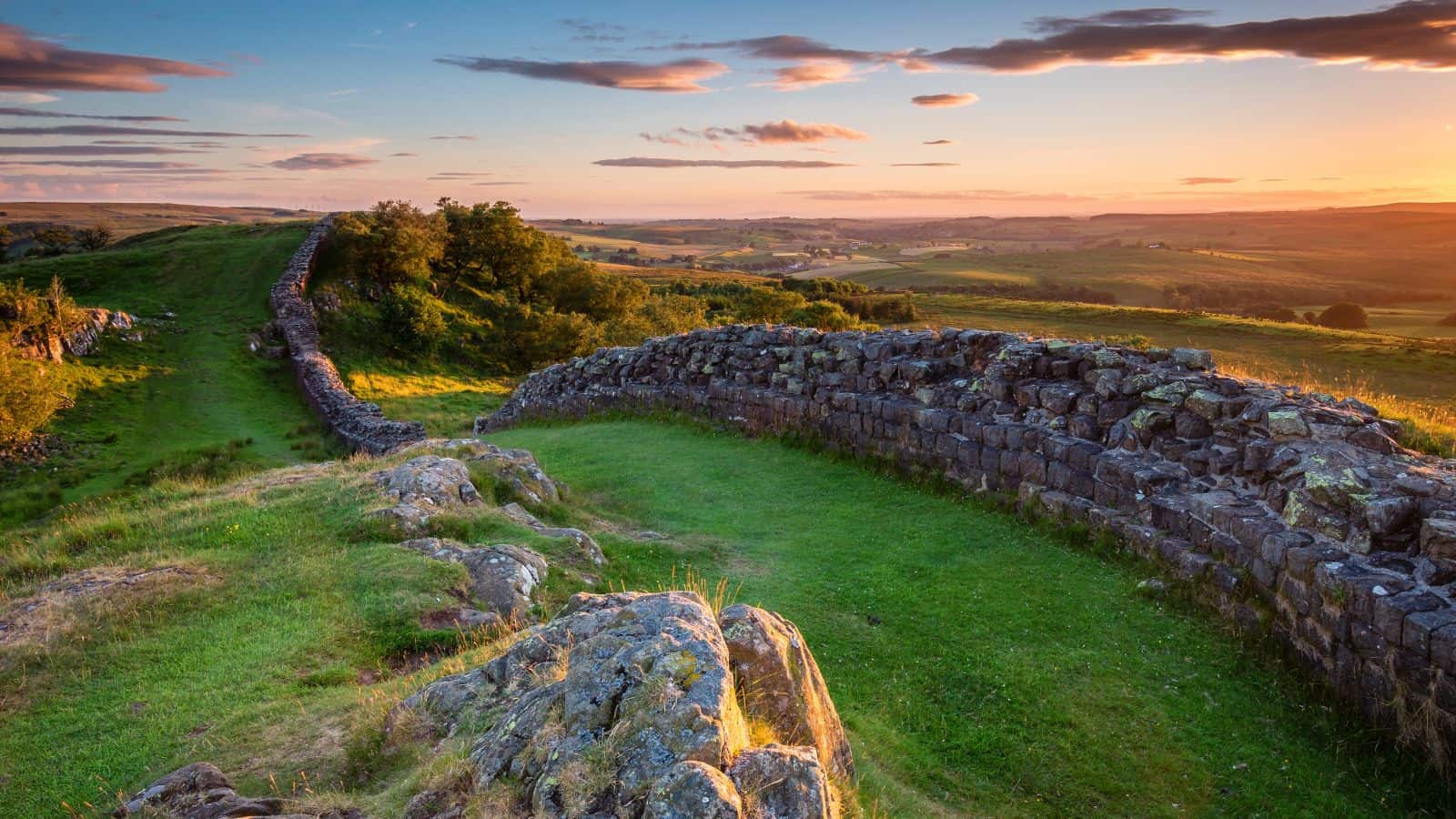
Across northern England, you can find Hadrian’s Wall stretching throughout the northern boundary of the Roman Empire. Built by Emperor Hadrian in AD 122, this impressive fortification spans 73 miles. Visitors can explore Roman forts, milecastles, and museums along the trail, gaining insight into ancient Roman military life.
Westminster Abbey
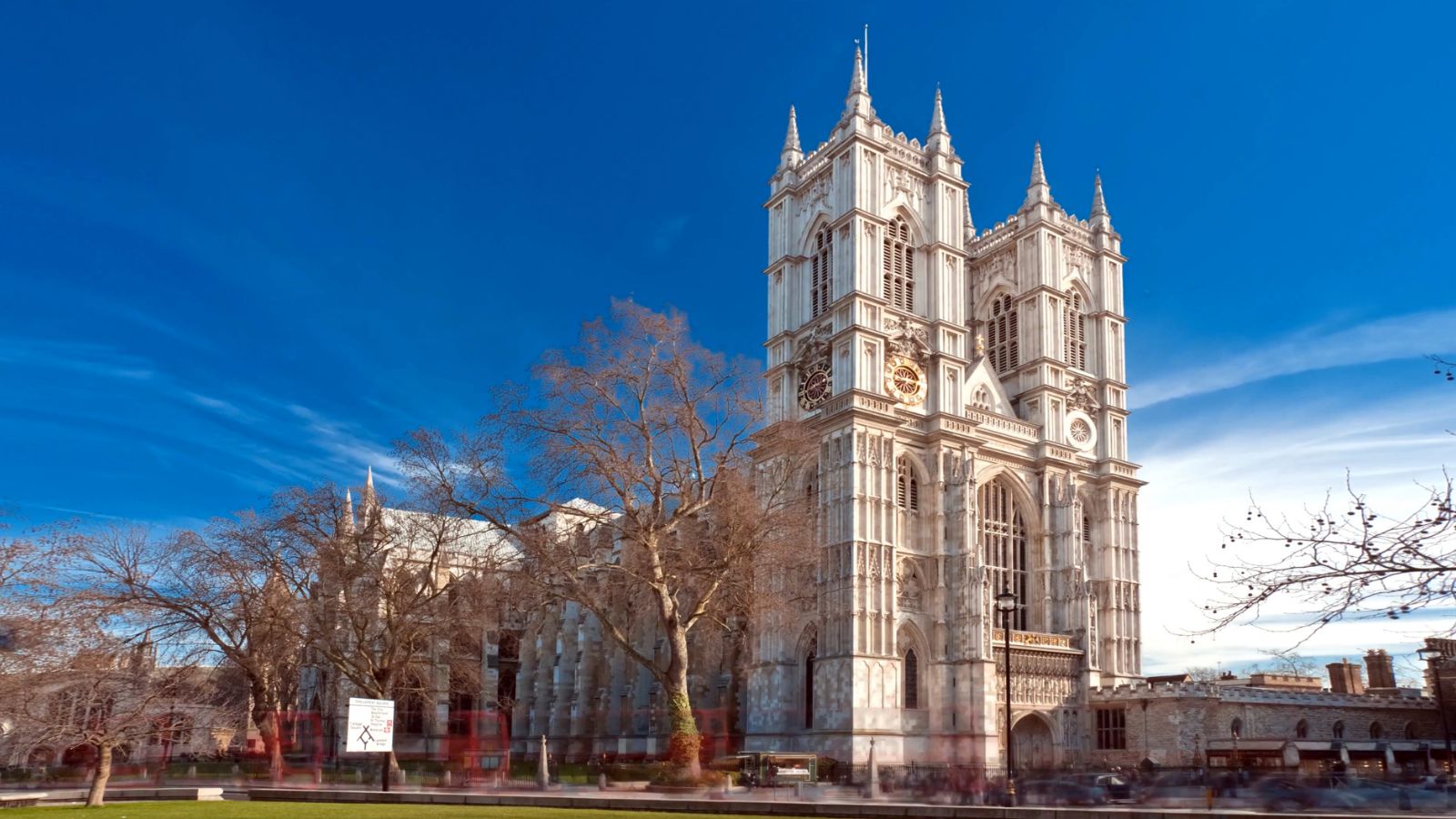
An architectural masterpiece, Westminster Abbey has been the coronation church since 1066. This Gothic structure also serves as the final resting place for numerous monarchs and historical figures. Its stunning nave, intricate carvings, and famous Poet’s Corner offer a profound connection to Britain’s royal and cultural heritage, making it well worth a visit.
Edinburgh Castle

Perched atop Castle Rock, Edinburgh Castle dominates the skyline of Scotland’s capital. This historic fortress has played a pivotal role in Scottish history, especially as a royal residence and military stronghold. Visitors can explore the Crown Jewels, the Stone of Destiny, and panoramic views of the city below, so don’t miss out when visiting Edinburgh.
The Roman Baths
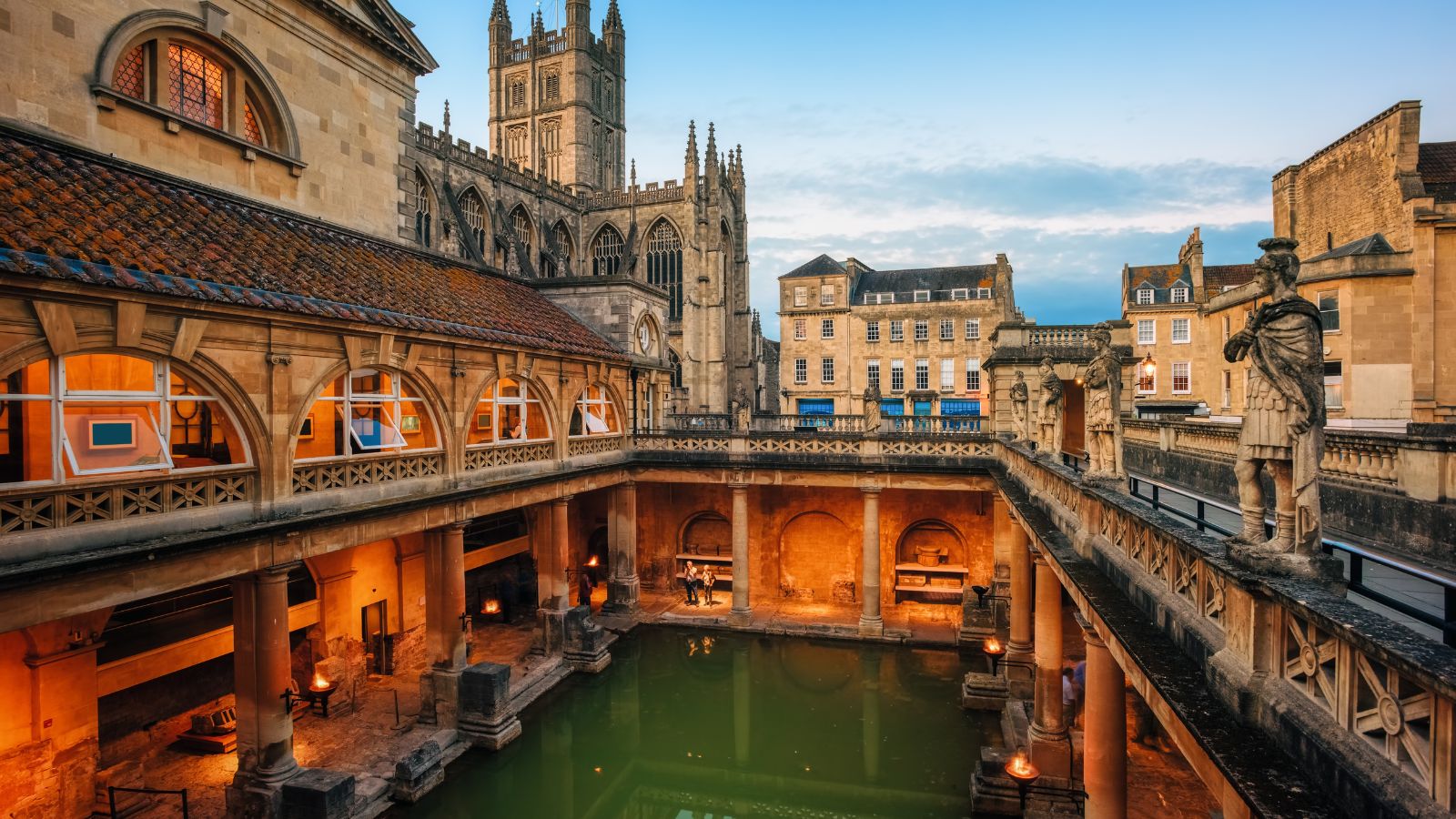
If you’re a Brit and you haven’t checked out the Roman Baths of Bath, you need to change that as soon as possible. This well-preserved site includes the Sacred Spring, Roman Temple, and the Great Bath, and the museum showcases fascinating artefacts, providing a comprehensive look at the life and culture of the Roman era. While you can’t swim in the original Roman Baths, there are some public alternatives available nearby.
Buckingham Palace
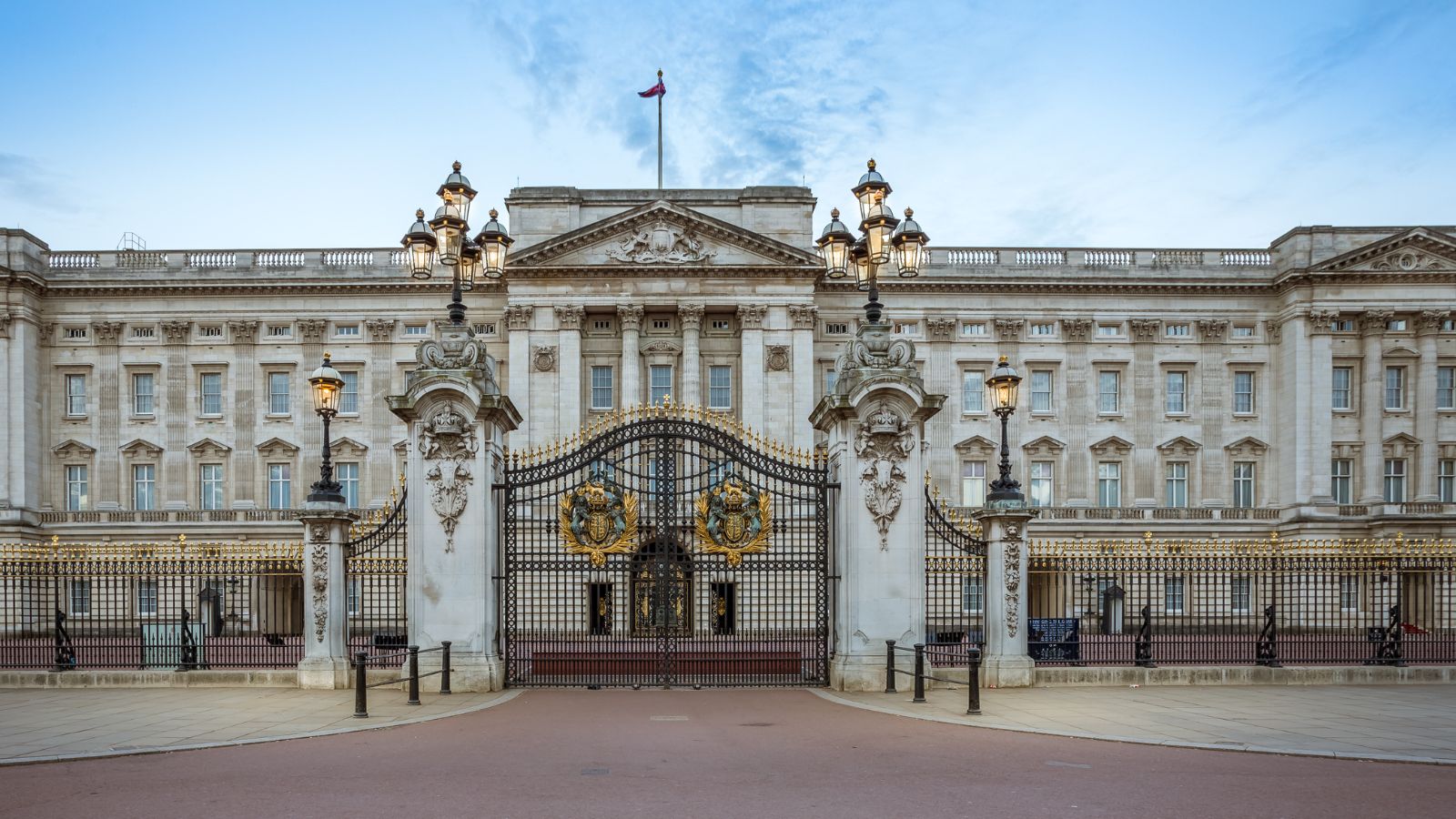
As the official residence of the British monarch, Buckingham Palace is a symbol of the UK’s royal heritage. The palace’s opulent State Rooms, open to the public during the summer, display exquisite art and furnishings. The Changing of the Guard ceremony is also an absolute must-see tradition for visitors.
Canterbury Cathedral
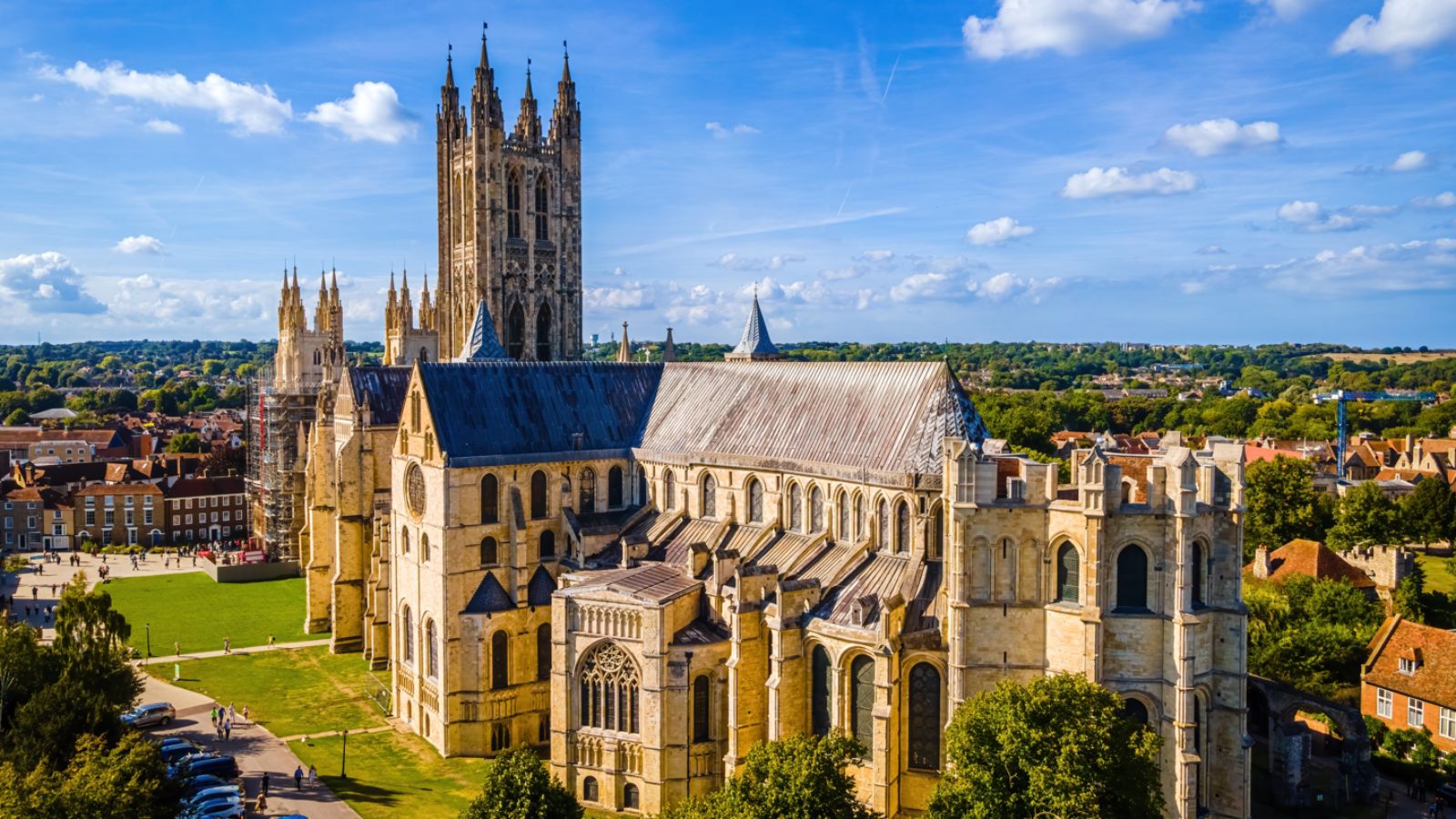
One of the UK’s UNESCO World Heritage sites, Canterbury Cathedral, is the mother church of the worldwide Anglican Communion. Its stunning Gothic architecture and beautiful stained glass windows tell the story of Christian history in England. The cathedral is also the site of the martyrdom of Thomas Becket in 1170.
The British Museum
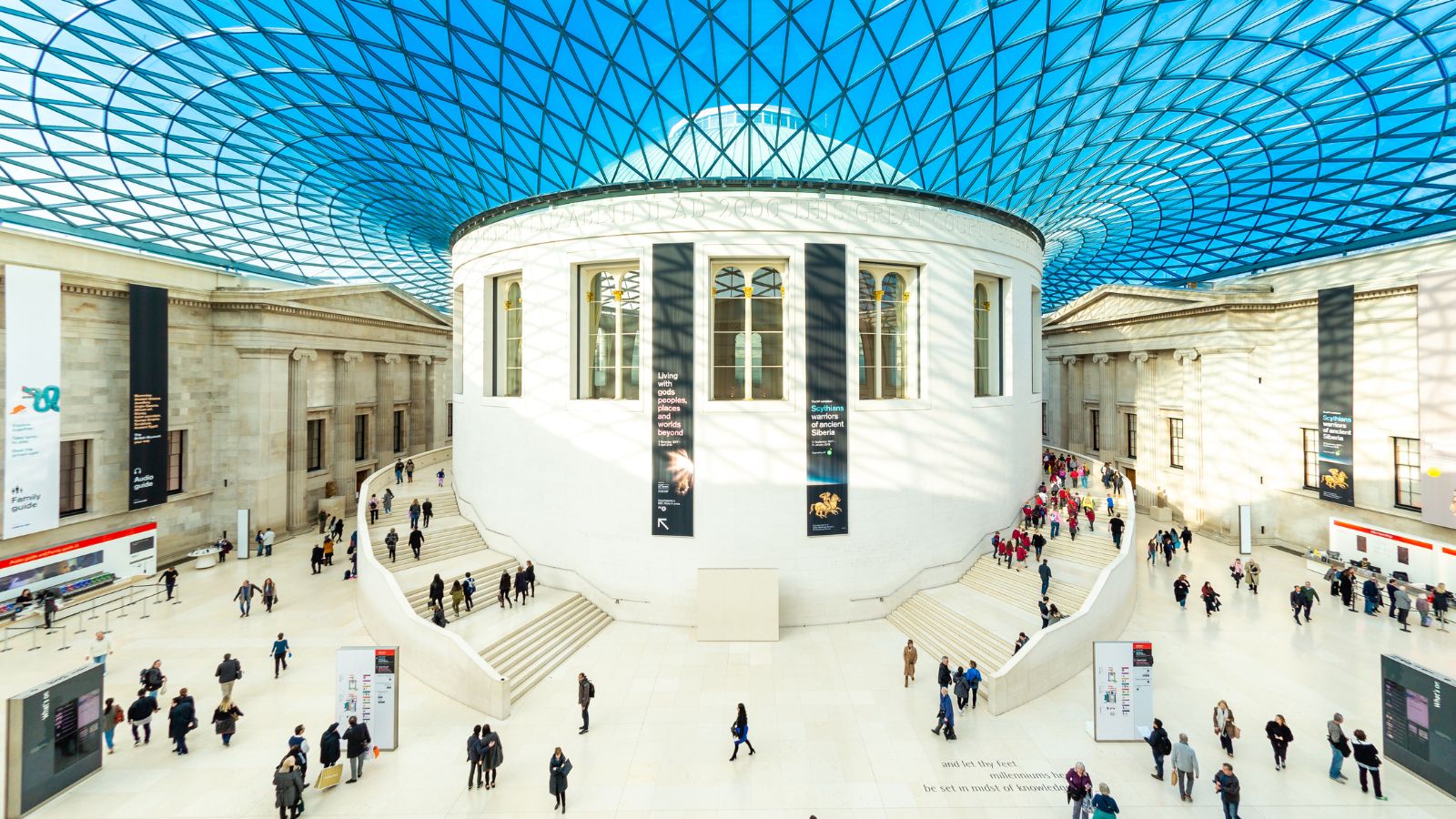
London is loved by many for its famously free museums, one of the best of which is The British Museum in London houses, an unparalleled collection of art and artefacts from around the world. Highlights include the Rosetta Stone, the Elgin Marbles, and the Egyptian mummies. This treasure trove offers a journey through human history, dating all the way back to prehistoric times.
Windsor Castle
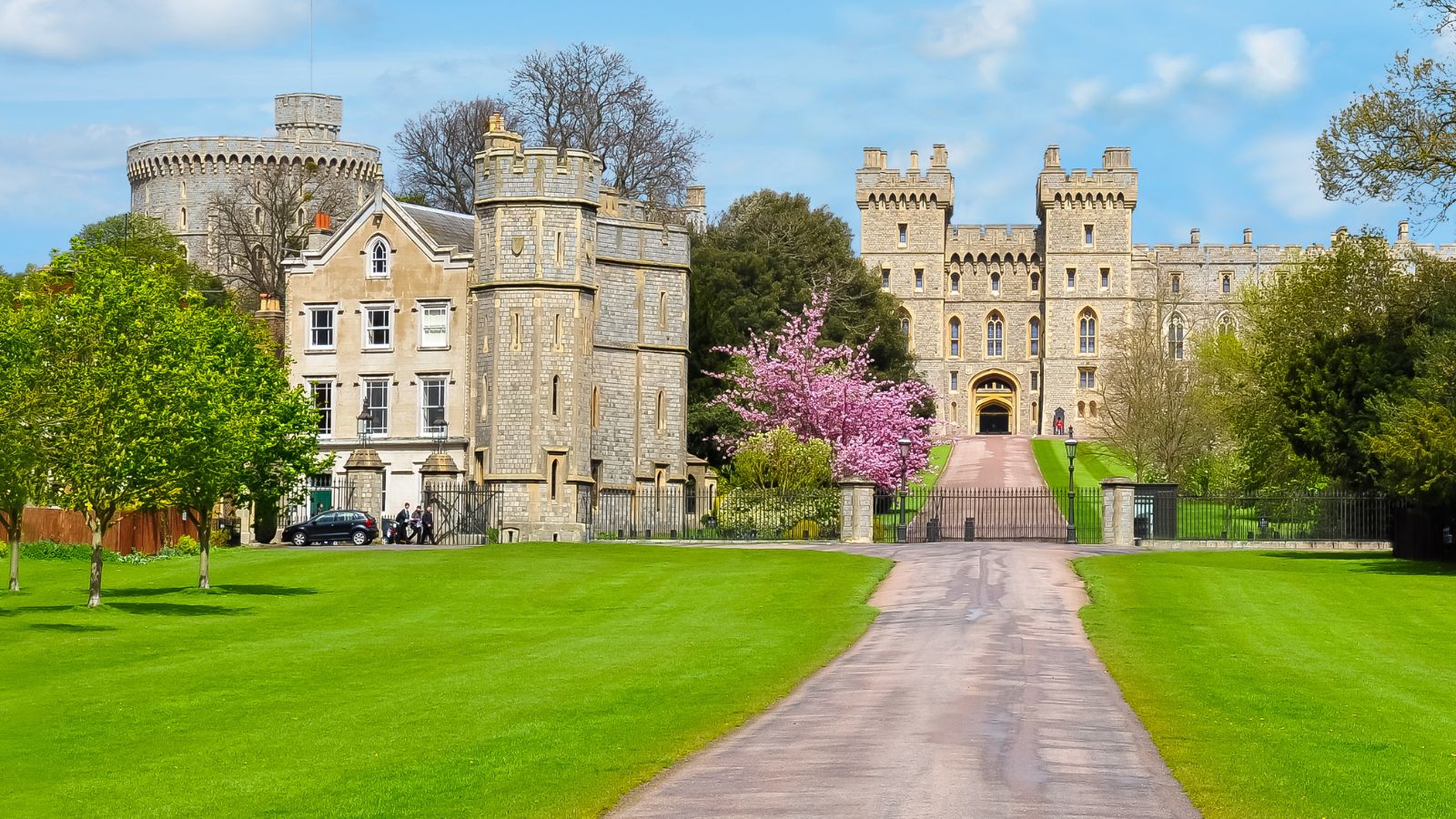
Believe it or not, Windsor Castle is the oldest and largest inhabited castle in the world, which once served as the official residence of Queen Elizabeth. The castle’s rich history spans over 900 years, with its grand State Apartments, St. George’s Chapel, and beautiful gardens making it a captivating destination for visitors.
Blenheim Palace
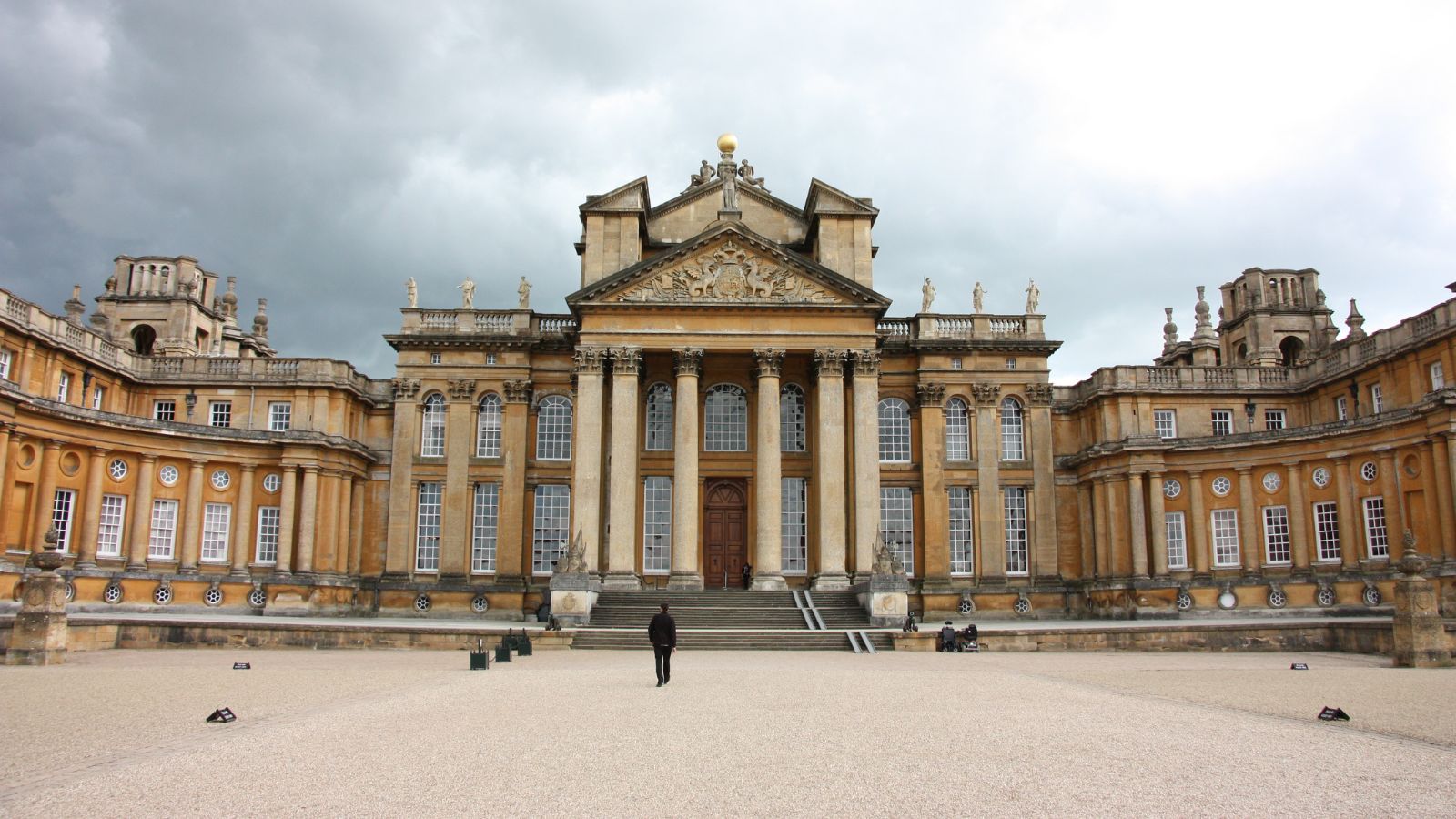
Another stunning UNESCO World Heritage site in the UK is Blenheim Palace, a masterpiece of Baroque architecture. Birthplace of Sir Winston Churchill, the palace boasts magnificent interiors, extensive gardens, and a rich history. The stunning parkland, designed by Capability Brown, provides a picturesque setting for this historic landmark, so it’s simply a must-visit when you’re heading through Oxfordshire.
The Houses of Parliament
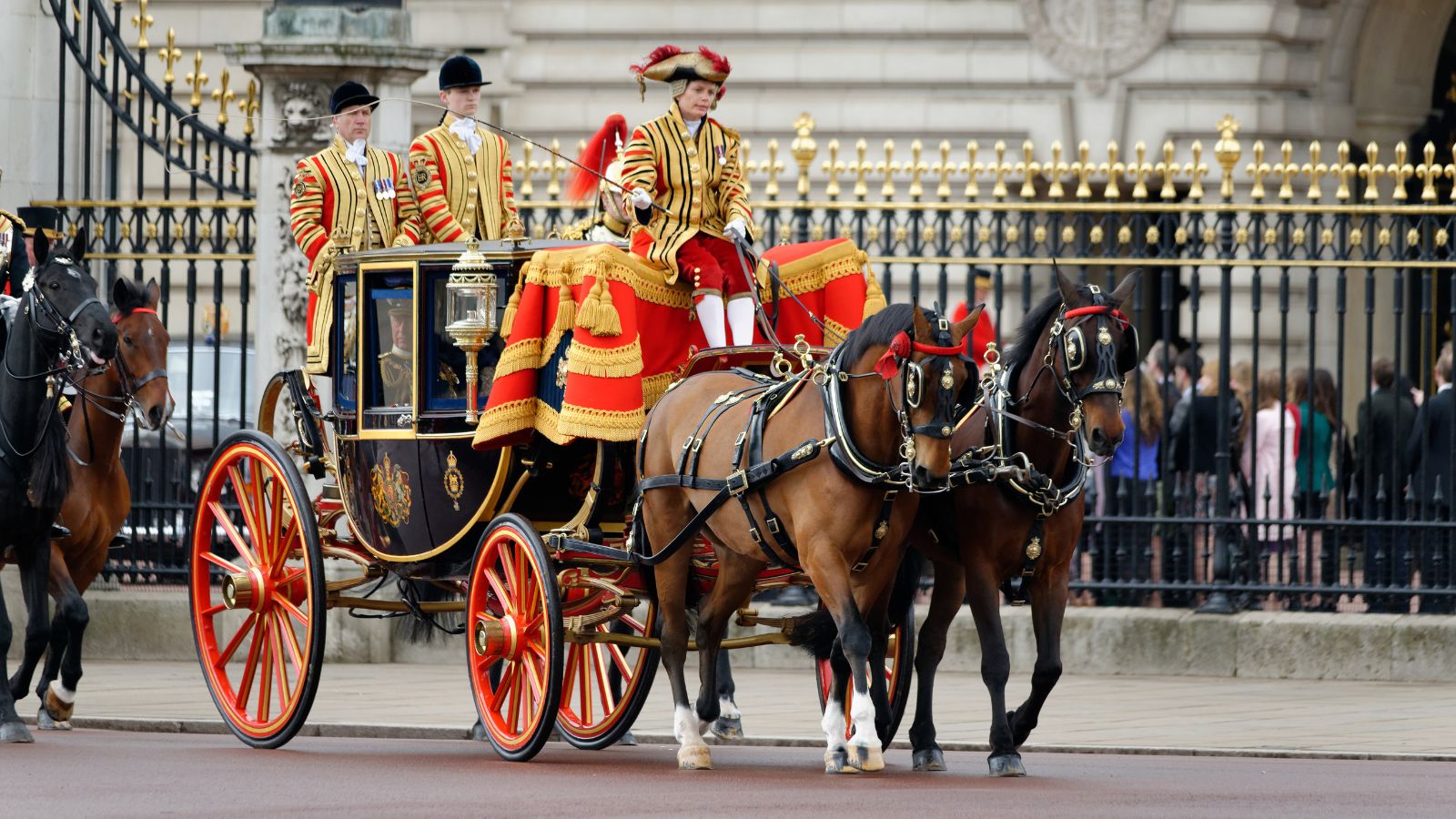
London tourism doesn’t get much more iconic than the Houses of Parliament, also known as the Palace of Westminster, which represents the heart of British political life. This iconic Gothic building along the River Thames also includes the famous Big Ben clock tower, so if you haven’t visited already, what are you doing?
St. Paul’s Cathedral
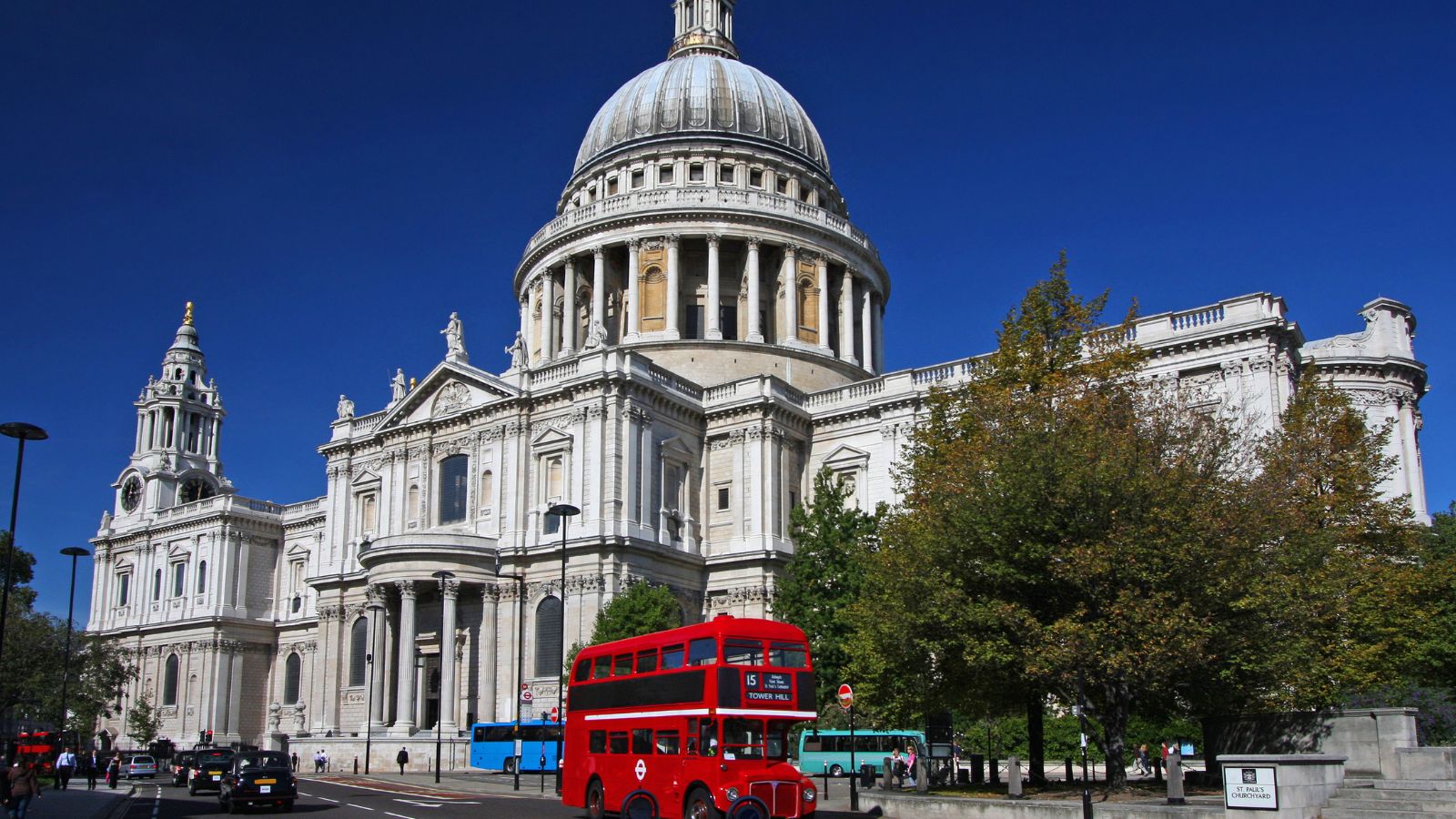
The UK is home to countless beautiful cathedrals, with St. Paul’s Cathedral being one of the best. It has a magnificent dome, which was designed by Sir Christopher Wren after the Great Fire of London. The cathedral also features stunning interiors, impressive mosaics, and the Whispering Gallery, and its crypt even houses the tombs of notable figures, including Wren himself.
Durham Cathedral
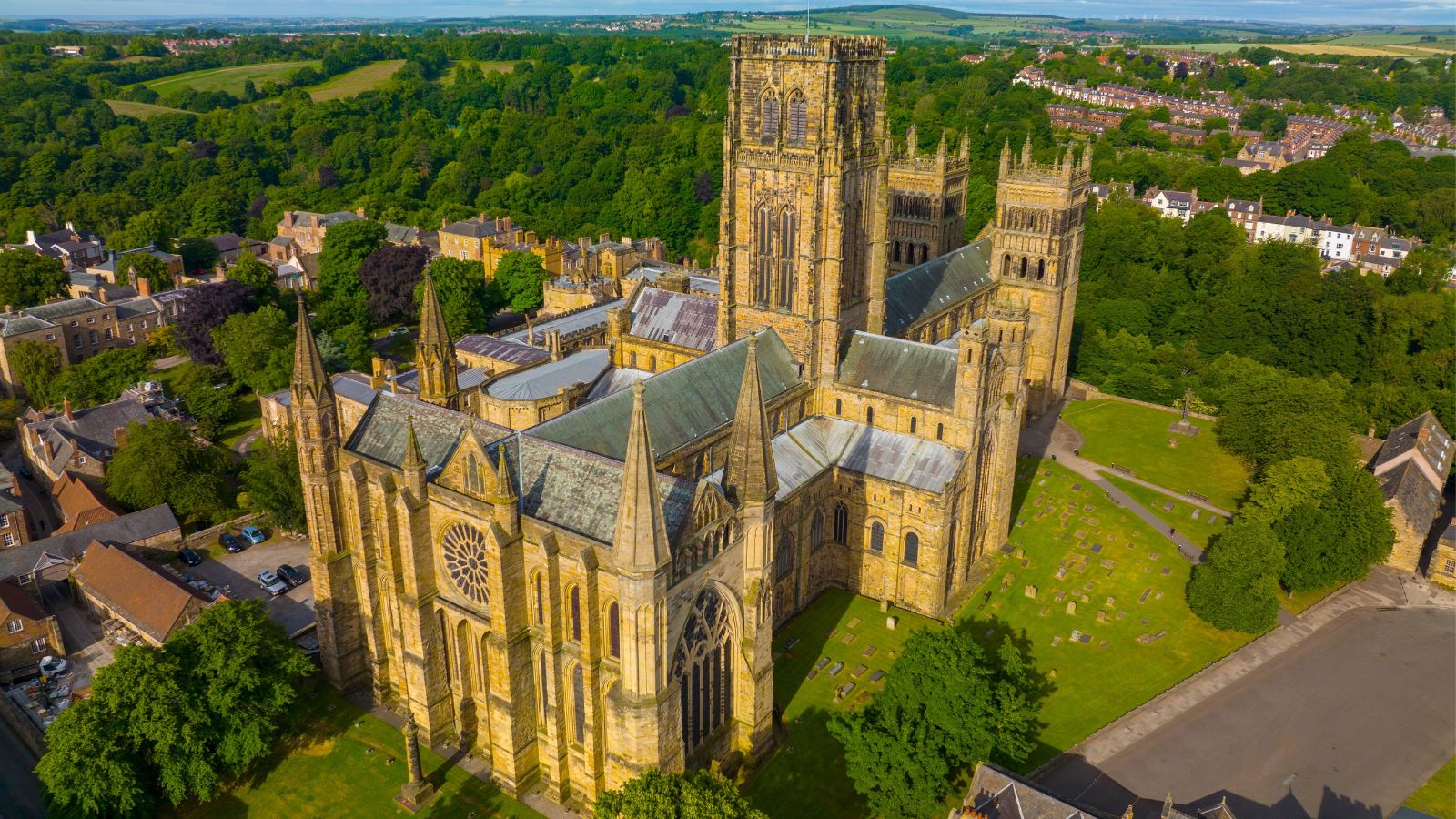
Another beautiful cathedral to visit in the UK, and yet another UNESCO World Heritage site, is Durham Cathedral, a masterpiece of Norman architecture. Known for its stunning Romanesque design and rib vaulted ceilings, the cathedral offers a serene and awe-inspiring atmosphere. It also houses the shrine of St. Cuthbert and the remains of the Venerable Bede.
Stratford-upon-Avon
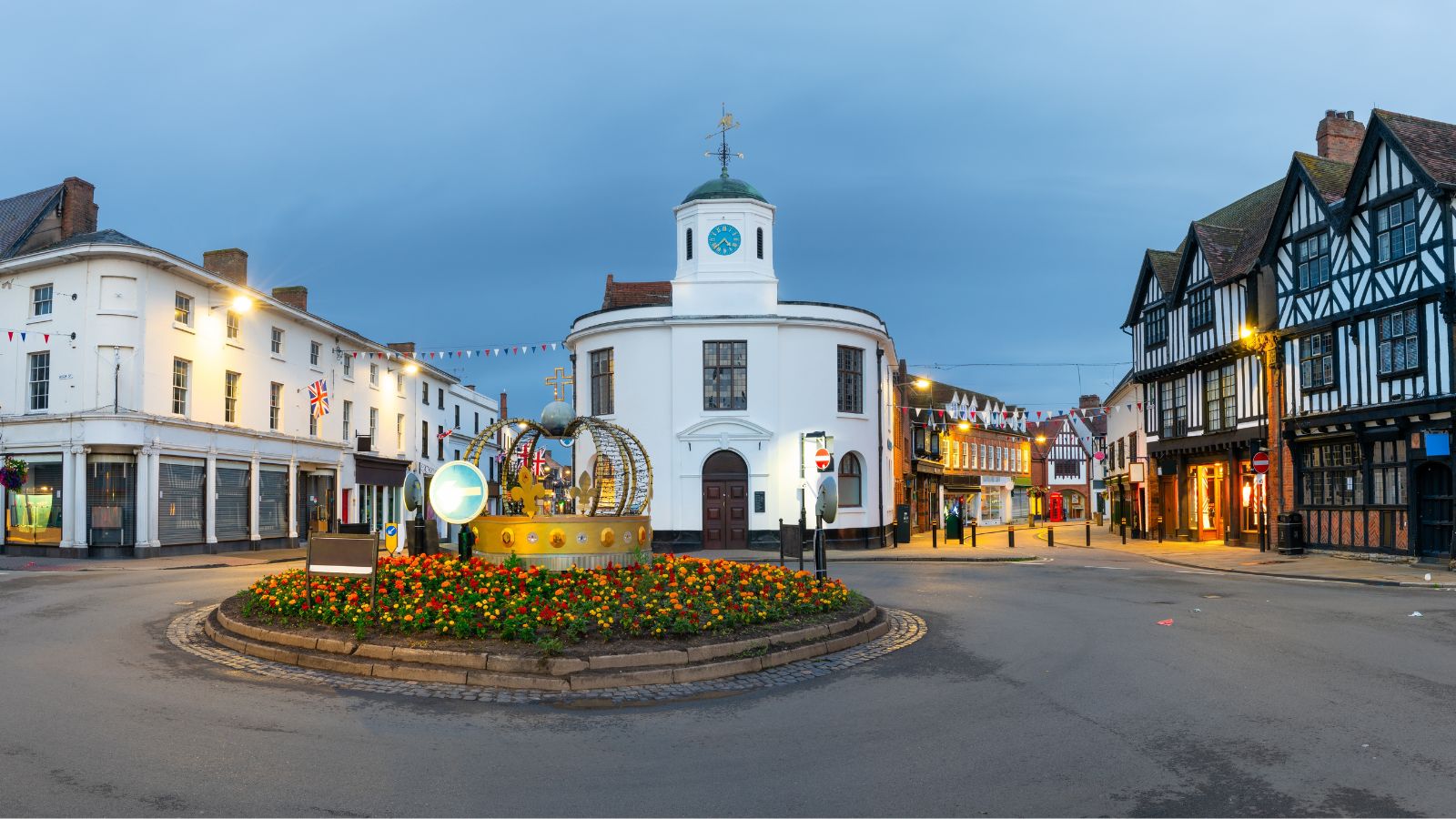
Britain’s historical tourism doesn’t get much better than Stratford-upon-Avon, the birthplace of William Shakespeare, which offers a rich literary heritage. Visitors can explore Shakespeare’s Birthplace, Anne Hathaway’s Cottage, and the Royal Shakespeare Theatre. Aside from this, the charming market town provides a fascinating glimpse into the life and times of England’s greatest playwright in general.
The Giant’s Causeway
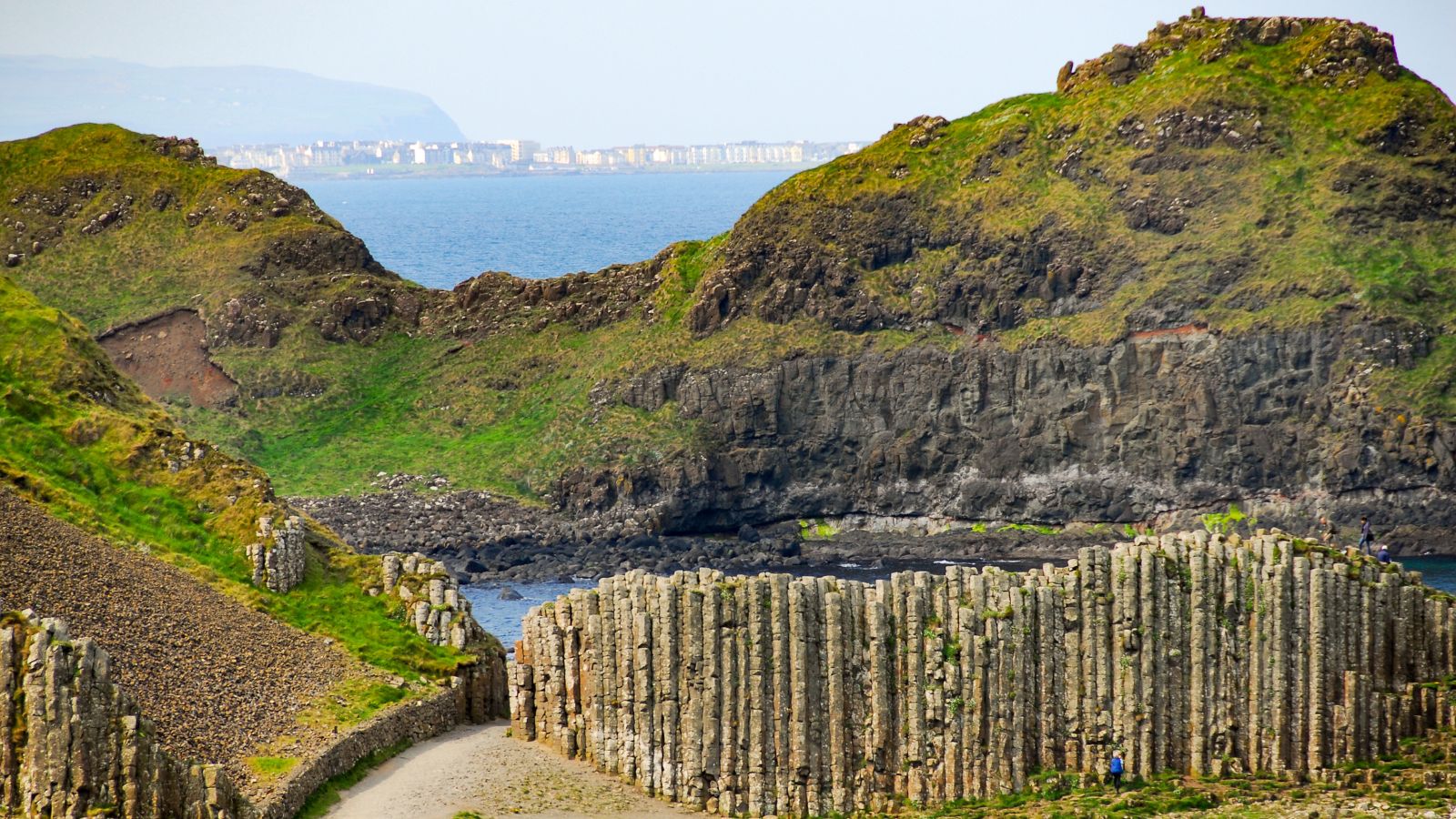
Located on the coast of Northern Ireland, the Giant’s Causeway is a natural wonder of interlocking basalt columns. Formed by volcanic activity millions of years ago, this UNESCO World Heritage site is steeped in myth and legend. Its unique geological formations and coastal scenery attract visitors worldwide, so if you’ve not visited, you have to do so at least once.
York Minster
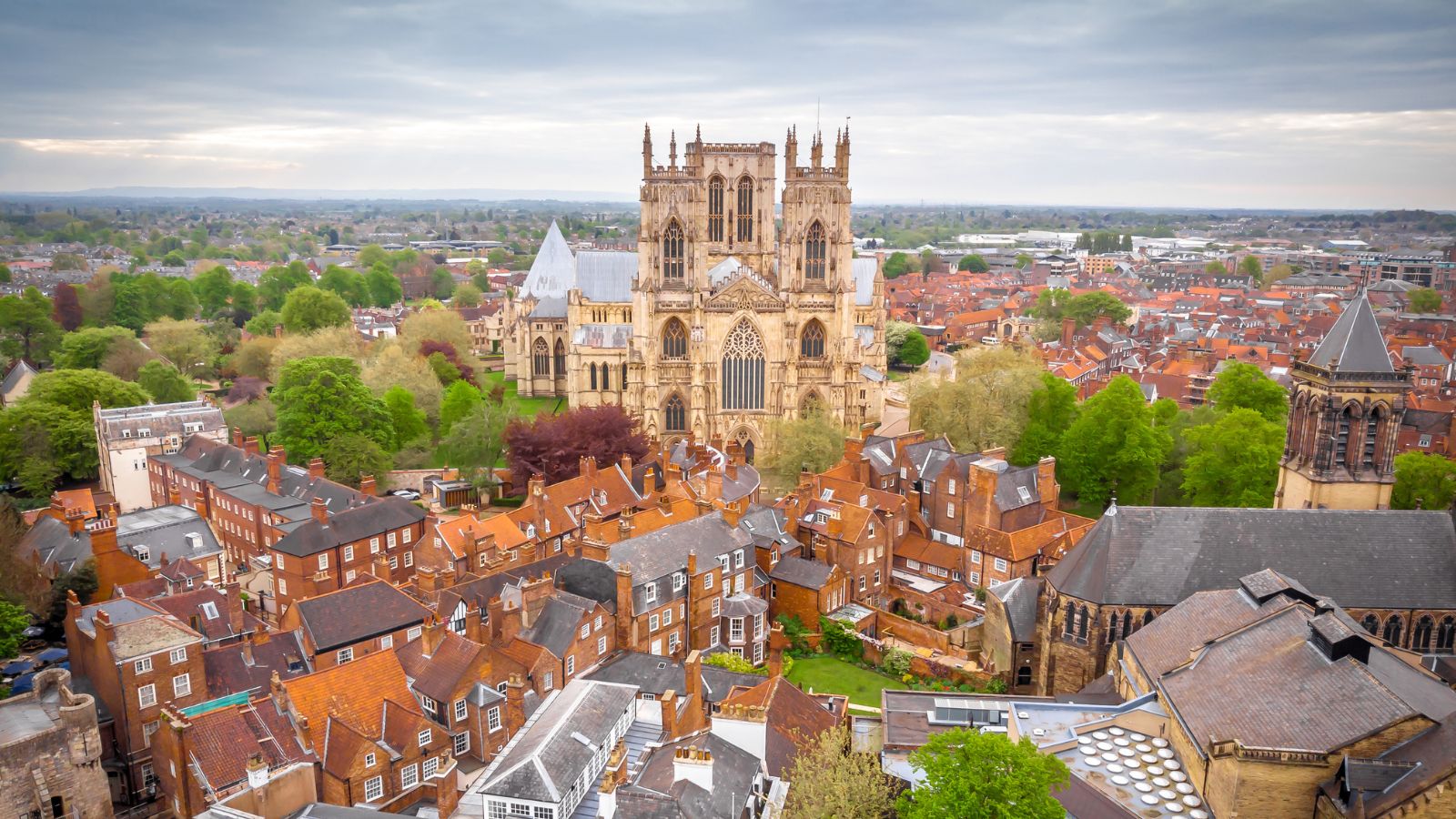
Few Northern regions of the UK are quite as beautiful as York, so when visiting, make sure you check out the York Minster, one of the largest Gothic cathedrals in Europe. It dominates the skyline of the city with its stunning stained glass windows, intricate stone carvings, and impressive Chapter House, reflecting centuries of craftsmanship.
The White Cliffs of Dover
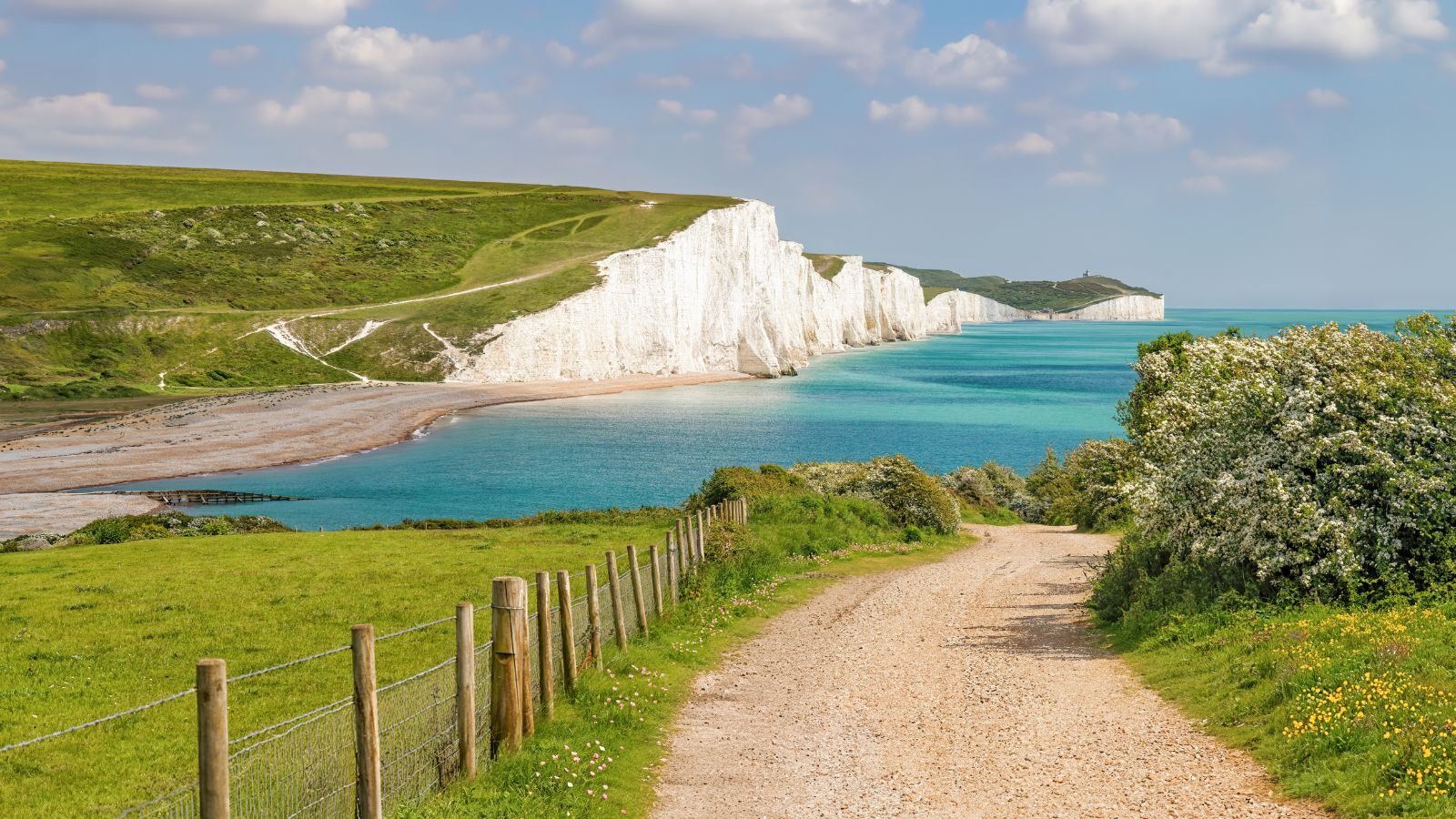
Perhaps the most beautiful historical landmark on this list is the White Cliffs of Dover, an iconic symbol of Britain’s natural beauty and resilience. Not only does it offer breathtaking views across the English Channel, but these striking chalk cliffs have witnessed countless historical events and have long-since served as a symbol of hope and defence.

